Sacred Spaces
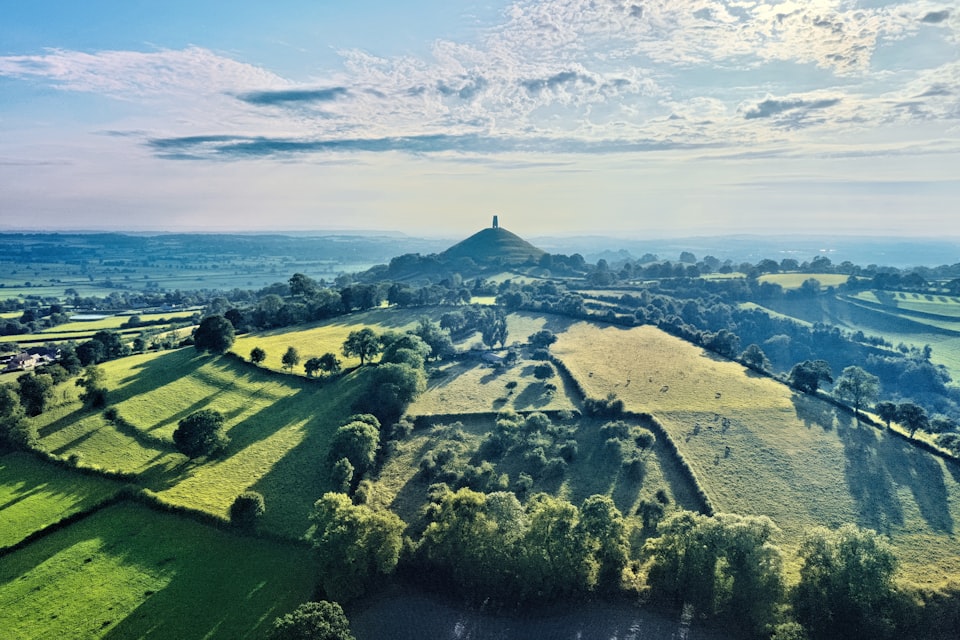
The earliest gardens in the history of Western civilizations were in ‘sacred spaces’, places of worship and restoration.
The oldest known landscaped site is Göbekli Tepe, located in Modern Turkey. This was built 12,000 years ago when our ancient ancestors were nomadic hunter-gatherers. The area's layout was divided into multiple circular spaces lined with stonewalls and decorated using stone plinths with deities and natural objects carved into their faces. There is no evidence of any plant materials used and this site predates farming. A minimalist hardscape was our first known attempt at landscaping.
The circles at Göbekli Tepe can be described as “temenos”. A temenos is a Greek word for a piece of land marked off from common use and dedicated to a monarch, god, sanctuary, or holy precinct.
The most famous and ancient tenemos is the Sacred Grove of Oak Trees at Dodona, dating back to the 4th century BCE. Old growth oak trees were considered sacred and used as Oracles, with temples being built around the trees.

In Ancient Greek culture, there were three different landscapes: the natural, the human, and the imagined. The natural temenos were created by selecting a remarkable tree or large shrub that occurred there naturally. A well-known example of a human tenemos is Stonehenge. The most famous imagined tenemos is the Garden of Eden.
Paradise Gardens
While the Europeans were either showcasing nature as natural tenemos, shaping it to their own desires as human tenemos, or writing poetry about imagined tenemos, the Persians were busy combining all three types in the form of the Paradise Garden. Paradise Gardens were manicured landscapes, enclosed in courtyards with artificial waterways, and drew its style from the Garden of Eden.

Chahar Bagh
The most common form of a Paradise Garden is the “chahar bagh” (four gardens) style, consisting of a rectangular layout split into 4 quarters by waterways with a pond or fountain in the middle. In both the Bible and the Quran, Eden is described as having constantly flowing water.
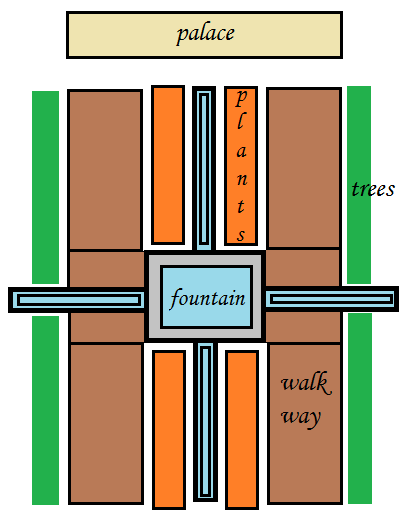
The Chahar Bagh layout is the most common design scheme for traditional Persian Gardens, and the names are often used interchangeably. Persian gardens were typically enclosed within walls. The word "Paradise" is derived from the Persian word for enclosed space, "pari-daiza".
Many of the Islamic garden traditions and later European traditions derive from that of the paradise garden. Paradise garden design directly influenced the layout of the Gardens surrounding the Taj Mahal. This is very noticeable when you compare the schematic layout below with the typical Chahar Bagh layout in the image above.
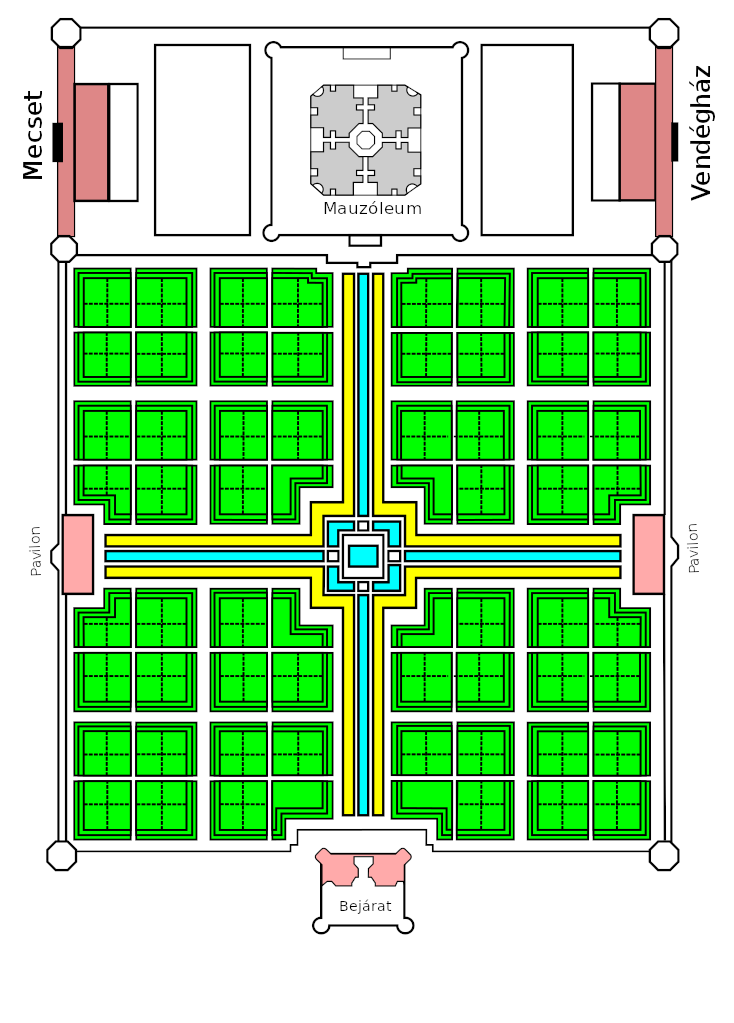
Cairn
Another important element of the early history of landscaping is the cairn. A cairn is a man-made pile (or stack) of stones. In ancient times, these were used as decorative landmarks but also had other ceremonious uses.

In Scotland, a tradition remains to this day to carry a stone up a hill to place on a cairn when you reach the peak. In such a fashion, cairns would grow ever larger. An old Scottish Gaelic blessing is “Cuiridh mi clach air do chàrn” (I'll put a stone on your stone). Just like the chahar bagh, this is another style that continues to influence and be borrowed from in modern garden design.




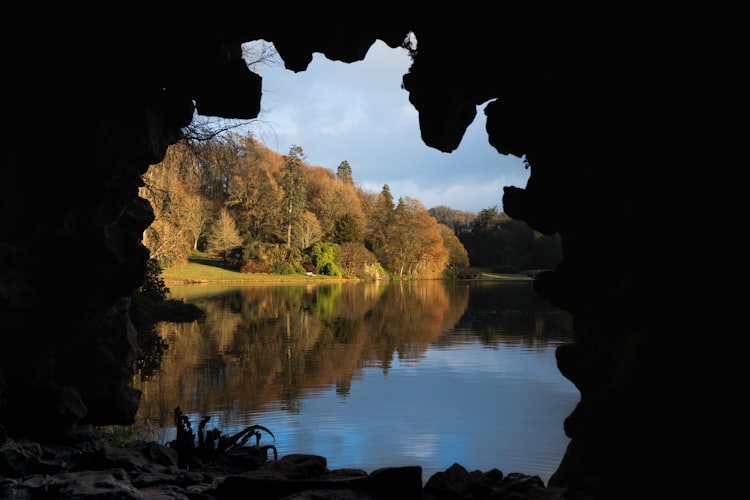
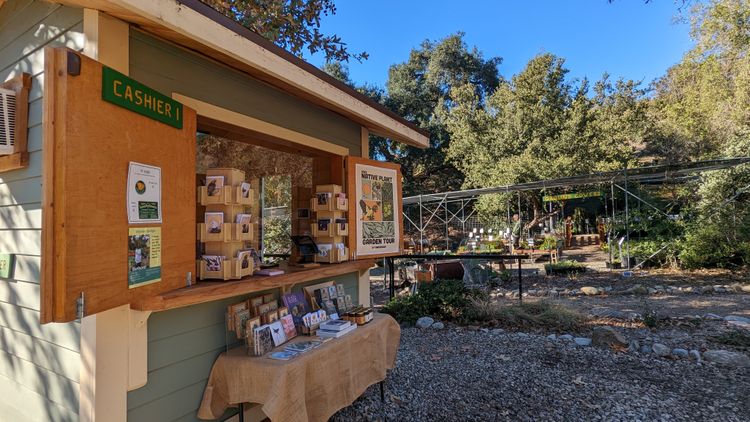
Comments ()